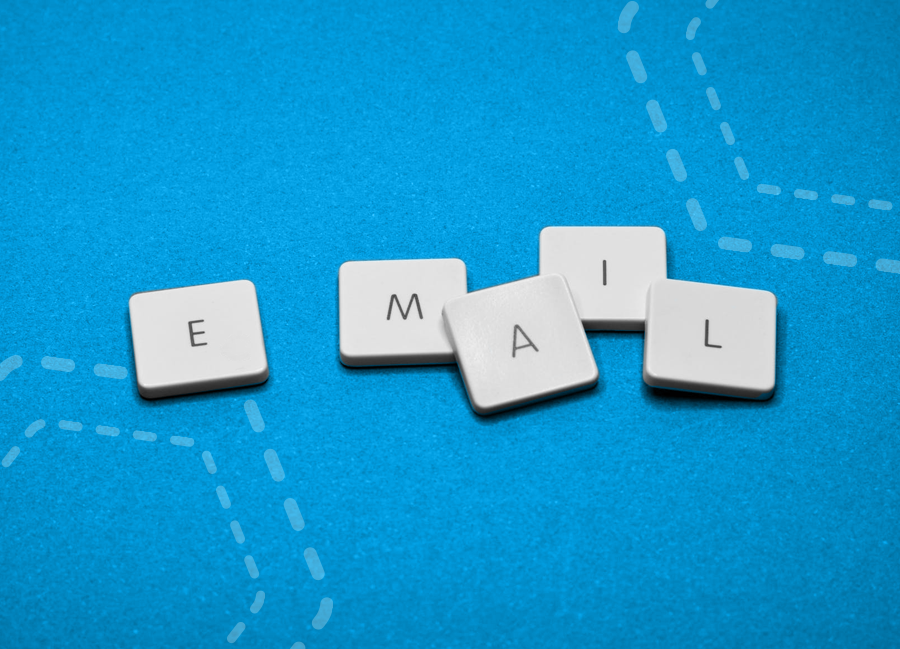Here’s how to increase sales in any business every day.
Before we go into details, let’s recall the first three theses of the famous Cluetrain.com manifesto:
- Markets are conversations.
- Markets are made of human beings, not of demographic sectors.
- Conversations among human beings sound human. They are guided by the human voice.
The current explosion in popularity of the so-called Social Media proves that the creators of the Manifesto perfectly expressed the desires of contemporary Internet users. We are people and we want to be treated like people, and the Internet is just a tool that provides completely new possibilities of communication.
From the beginning of its existence, e-mail has been a tool of communication between people you know. It was only after many years that large companies and institutions began to use e-mail to send commercial messages. Today our e-mail boxes are filled with advertisements instead of letters from family and friends. E-mail has lost its private character, has become another promotion channel and is now treated as such.
Why am I writing about all of this, instead of going straight to discussing other ways of tricking customers into making them read the message and click on a more or less advertising link? I’m already translating.
How does an effective e-mail „work”?
- Gets the attention of a potential customer (opening a message).
- He convinces the reader that he has a very advantageous offer in front of him, which is worth taking an interest in at this point (reading the news).
- It urges you to act immediately – clicking a link to a dedicated website.
Although we have established that there are three goals, we will use 5 email components to achieve them:
- Name of the message sender.
- Message Subject.
- Offer.
- Graphics.
- Call To Action (CTA).
What do we need to inform buyers about?
The number of e-mails sent and their content depends on how the order is processed. If everything goes smoothly, there should be literally a few of these e-mails so as not to clutter the customer’s inbox. Additional messages should not appear until something has gone wrong. In order not to get lost in all this, I have prepared two basic scenarios for you, explaining how communication should look like.
When the order goes smoothly
First of all, customers want to know if the payment has been correctly made and when they can expect the shipment. In short: you should only inform them about key status changes, i.e .:
- receiving the order
- payment confirmation
- order in progress
- Consignment
- order completed (+ possible request for opinion)
You can send each of these messages as a separate message or preferably combine some of them. It happens very often (and this is the best solution) that the store sends one e-mail in which it immediately informs that the order has been correctly placed (and paid for, if the customer has chosen online payment) and has been processed.
When something goes wrong
Many factors may prevent an order from being fulfilled as planned. Some are dependent on us, some are not. Below you will find a list of situations, the occurrence of which should result in sending an e-mail informing the customer what is happening.
- No product in stock – if the stock levels on the website have not been updated and after placing the order by the customer, it turned out that it is physically missing and you cannot deliver it – immediately send an e-mail with an apology and a possible proposal for another, similar product or compensation (e.g. in the form of a discount on subsequent purchases).
- Order cancellation – if for some reason the customer cancels the order, be sure to let them know that the cancellation was successful. You cannot afford to keep him in suspense. If you delay, you can be sure that he will send you several messages (in different channels) and will keep calling the Customer Service until he is informed, which will put your team under a greater load.
- Problems with delivery – it may turn out that, for example, due to a large number of orders, the courier that serves you is not able to deliver the parcel within the prescribed period, or the selected Parcel Locker turns out to be overcrowded and you will not be able to leave the parcel there, which will also cause delays . By informing the client about the situation, you do not let him get unnecessarily nervous and e.g. share his dissatisfaction on social media.
You can gain a lot by taking care of proper after-sales communication. First of all, you will make the customer satisfied with the service, which may contribute to the fact that in the future he will use your offer and share a good opinion with his friends. In addition, you will save the hassle of customer service employees, who will not have to answer dozens of e-mails and calls from impatient customers. When preparing after-sales e-mails, it is also worth remembering about their graphic side. Well-formatted text, enriched with attractive graphics will surely make the message more readable and easier to receive.


